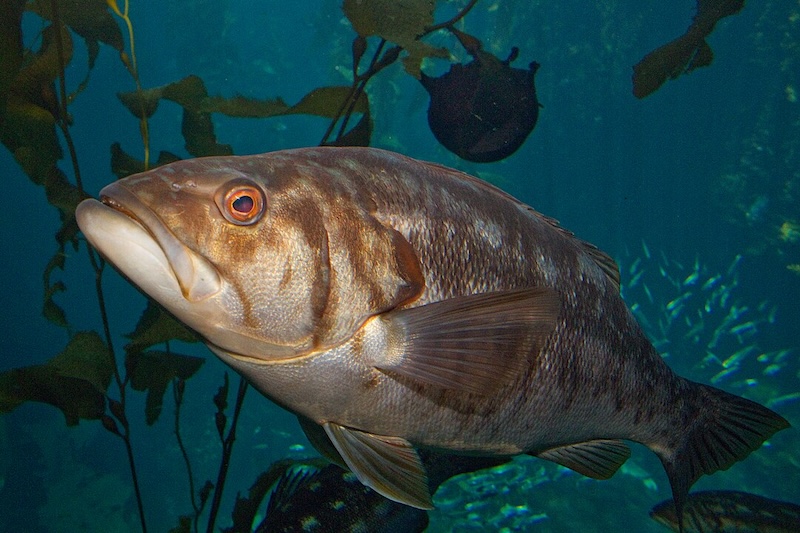Proposition 84 Competitive Grants Program
In 2018, the California Ocean Protection Council (OPC) unanimously approved 24 research projects selected through a competitive process, totaling $6 million in funding through the Proposition 84 Competitive Grants Program. The projects supported state priorities focused on stewardship and management of California’s ocean and coastal resources.
California Sea Grant administered 12 of the 24 projects, focused on two priorities: ocean acidification and hypoxia and sustainable fisheries and aquaculture. Results from the projects will enable resource managers, decisionmakers and the general public to develop and implement science-based strategies to increase environmental and economic sustainability in the face of a changing climate.

Published Stories
Rewriting Pacific swordfish boundaries
A new, comprehensive dataset clarifies where swordfish travel — which has reworked international management plans.
It’s easy to spot a fish — but not so easy to track its spawning
The 2015 El Niño brought tropical fish like wahoo and yellowtail to Santa Barbara, and warming oceans may make such occurrences more frequent, but it remains uncertain whether these fish will establish breeding populations in the region.
A detective story in the larval archives
California's iconic barred sand bass is a sportfishing legend, reeling in billions for the state's economy. But are these prized fish facing a silent decline? Scientists are diving deep to uncover the truth before it's too late.
Scrutinizing the spiny lobster
For years, California spiny lobsters were thought to be safe from overfishing, but a closer look by a San Diego State biologist revealed data gaps that could impact fishery management.
Clarifying the causes of blooms
Contrary to the expectations, ocean acidification may not prompt the production of toxic domoic acid.
Tying together California’s marine laws
When it comes to protecting marine ecosystems, two pieces of California legislation are key: the Marine Life Management Act and the Marine Life Protection Act.
Can local seaweed reduce California's cattle methane emissions?
Can local seaweed be fed to California’s cattle to reduce their climate impacts? Research is seeking a solution.
Preparing abalone for a precarious future
A new study suggests white abalone are vulnerable to warming — but genetics might make a difference.
Examining the climate wins in Marine Protected Areas
New research examined whether “foundational” species in marine protected areas can help offset the impacts of climate change.
Mapping a patchwork quilt
By layering oceanographic, biological and social data, a team of researchers hopes to assess how climate change is impacting California’s coast.
Why are fish growing smaller as the oceans warm?
Fish aren’t growing as big as they once did. A team of scientists set out to test a theory meant to explain why.
Calculating the future of the California Current Ecosystem
To understand the threat of climate change, Prop 84-funded researchers are looking to data from the region’s past.